73 Minutes That Define Linux on the Desktop Today—Rather Depressingly
I must be nuts to dedicate a blog post to a videocast by Bryan Lunduke, but there’s a good reason for that. For the first time ever, I’m glad YouTube suggested me this particular video. Glad and sad.
Normally, I detest YouTube, and I don’t follow anymore any channel there. Too many narcissistic people who love to hear themselves talking and are too lazy to WRITE A TEXT that I can read, search, peruse, or glance at much faster to seize the included ideas–if any. But they’re usually on YT to monetize their video content–YT and they are making money out of a viewer’s time. This is why ideas that could be expressed in 5 minutes or 2,000 characters are inflated to half an hour. So I avoid YT and any other video casts, podcasts or similar contents when text alternatives exist. I do make exceptions though (maybe I really want to watch a video review or a video tutorial, or a trailer), and I admit that valuable content exists on YT–sometime much more valuable than on TV channels such as Discovery or History or shit. Generally though, YT is a waste of time. (And no, I do not go to YT for specific music contents; I go to Deezer.)
Back to the question at hand: after voluntarily being nonchalantly indifferent (Stephen King would disapprove of my use of adverbs) for some years already regarding what people think of “the year of Linux on desktop” that obviously’s never going to happen, and equally unconcerned by the various conflicts in the Linux community (Wayland, systemd and gazillions of non-issues, idiotic storms on mailing lists, in forums, on Reddit, or even in the bug reports, etc., although I still read Distrowatch, LWN.net and occasionally more, but never Slashdot), I just ran over this Linux Sucks 2020 video.
I’m not embedding it here, because I’m not sure the author would have liked it. In the dedicated blog post, he suggests watching it on the LBRY.tv website, and only “if you must”… on YT.
Why should you waste 73 minutes of your life just to find that Linux [on the desktop] sucks in 2020 too? Well, because it comes from Bryan Lunduke, for one. I’m not a fan of his, but he knows what he’s talking about. LJ is dead, but the site is still online, and it describes our guy as “a former Software Tester, former Programmer, former VP of Technology, former Linux Marketing Guy ™, former openSUSE Board Member“ … and the rest doesn’t matter anymore.
After you watch “Linux Sucks 2020” (1h 13 m), you might want to watch the only usable 17 minutes from Linux Sucks 2019 – The Lost Recordings, and Linux Sucks. Forever. – Filmed live at Linux Fest NW – April 28, 2018 (less than 50 minutes). But this year’s “show” is quite unique–or is it that I am really older and I’m seeing things differently?
Before, after, or instead, the slideshows from the video. They could serve as a quick recap if read after having watched the video. A few comments, after the pics–so keep scrolling.








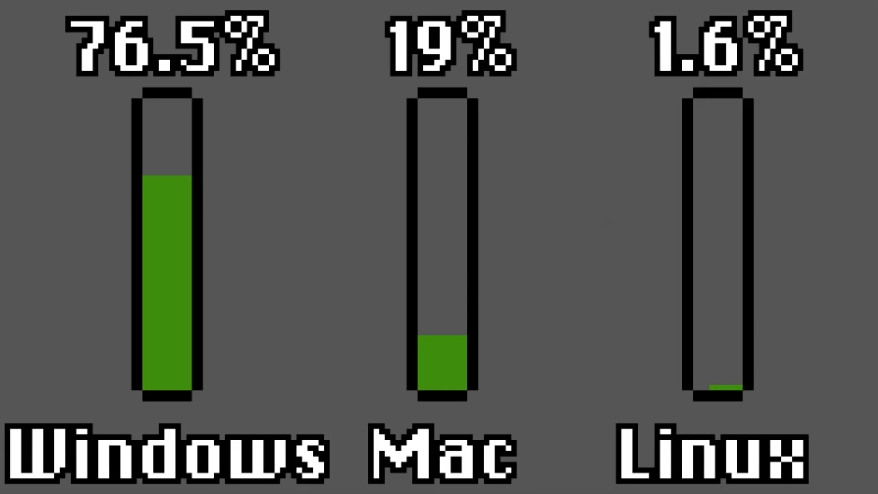


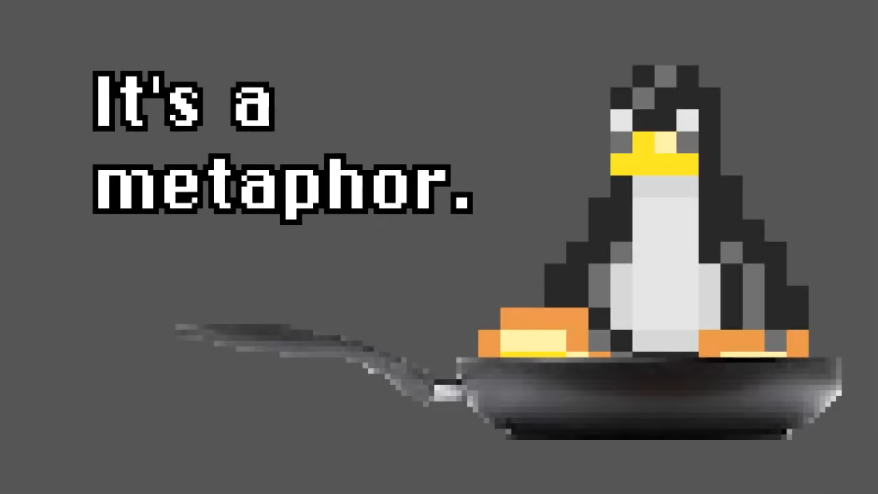


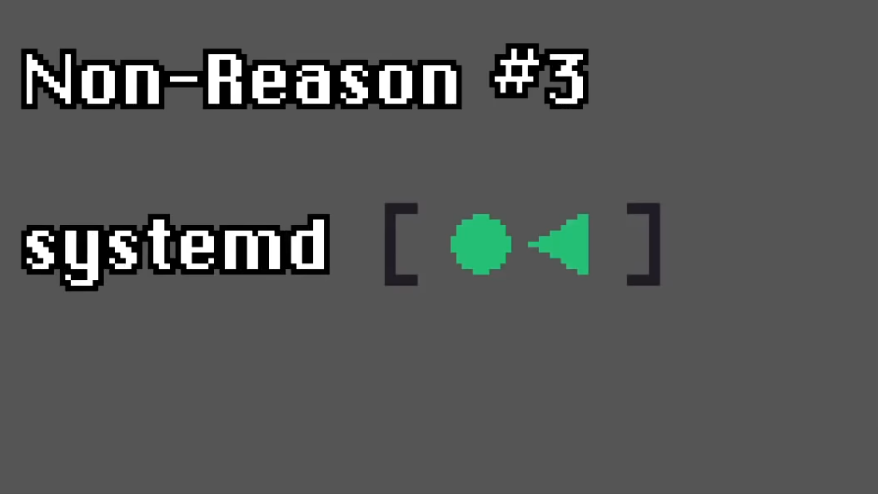


























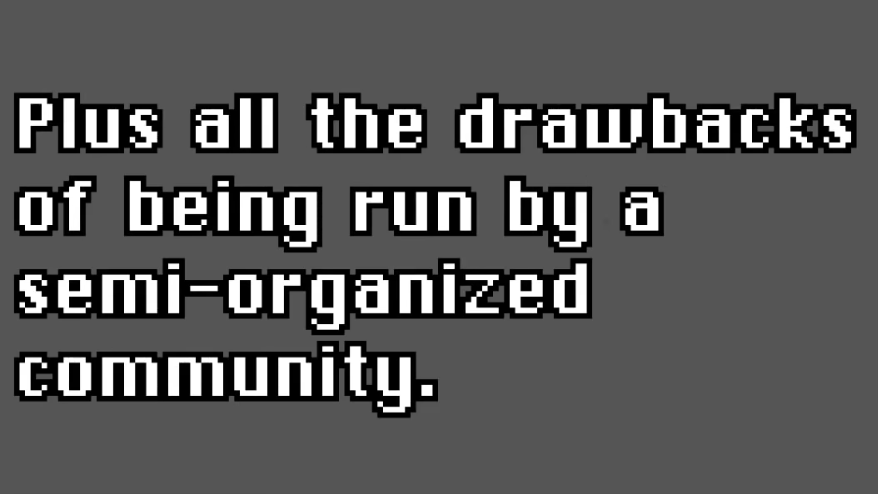






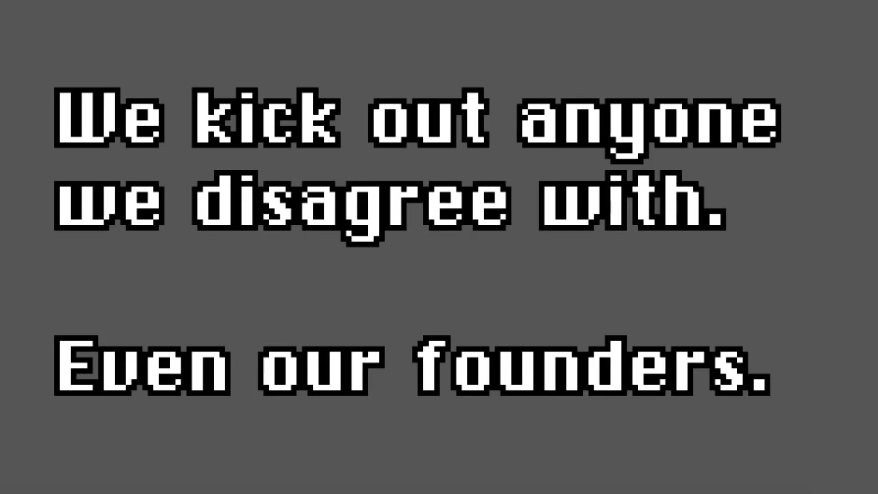








Of course, there’s much more information in those 73 minutes that you didn’t watch because you have ADHD and cannot afford to spend 73 minutes on a bloody video, despite wasting hours every day on Facebook or randomly clicking on YouTube. (Not much unknown to the real aficionados, I’d say.)
The situation is desperate but not serious. Really. Bryan made this exposé half-mockingly, half-alarmingly, so the situation is not serious. But it’s a catastrophic one.
As an insider, he knows what he knows. As someone who knows Linux since SLS 1.03 and Slackware 1.1 (and NetBSD 1.1, OpenBSD 2.0, then via Walnut Creek and InfoMagic’s CD-ROMs Slackware 2.3, “Slackware 96” and Red Hat 3.0.3 “Picasso”) and who has been called names by certain FreeBSD maintainers, I know a bit of everything, although my contribution is null, and nobody ever remembers me.
Back to the slides, only a couple of side notes.
Yes, AppImage is better than Flatpaks and Snaps. No, I don’t approve of any of them, but to get things done, AppImage was and still is the quick and dirty fix.
Yes, some people use macOS. This is mostly valid for the US and to a lesser extent for countries like France, Germany, Britain, The Netherlands and some Scandinavian countries where most hipsters and almost all the retards use a Mac. In the rest of the world, even the people who own an iPhone use Windows.
Yes, Android is a failure. This is not how something that runs on Linux should have been. It makes me nuts.
I won’t comment on the (benevolent and for life or not) dictator as a model of ownership, determination and direction. But it’s mostly true.
Now, what do we do with Linux on the desktop and whatnot? (Alexa, what should I do? Hey Siri, should I go for a Mac? OK Google, how is it to be evil while pretending not to? Cortana, I’m so glad you’re dead!)
My only answer is this: no matter what you believe, Windows 10 is going to be the catastrophe of the 21st century. If we’re not going to die from the SARS-CoV-2, it’s the dependence of Windows 10 that will do it! It’s impossible to make something as shitty as Windows 10 (and increasingly shittier), and yet this happened and it has conquered the Earth like the plague!
Run away of Windows 10, as far away as you can.

Oh, wait. While you do this, try not to do it the Stephen Fry way. Back in 2008 in a column in The Guardian he wrote “Deliver us from Microsoft” and for a couple of years he actively advocated for “GNU/Linux” (some people still believed in RMS) and for Open Source e.g. like in this video from 2009, but at some point “The Evil” was identified as Microsoft, and Microsoft only, while everything Apple was praised by the same Stephen Fry as the best thing on Earth (not considering the toast bread and the Internet, and forgetting that Apple is closed source): here’s in 2014 Mac at 30, in 2016 Stephen Fry on Apple – BBC News, or last year… Apple’s Design Chief Jony Ive to Speak in Dublin With Stephen Fry This June 15. Judas. No, I’m not a hater when it comes to Stephen Fry, I just happen to remember things.
Linus Torvald is getting fat, I’m not the greatest fan of Greg Kroah-Hartman, and most of the bugs are not in the kernel. Plus, Linux people are dumb. But at least we’re not forced to use GNOME3 in non-Classic way (or at all). And we shouldn’t trust SJVN–I stopped eons ago.

I’m actually impressed with openSUSE Tumbleweed Plasma 5.19 and Btrfs snapshots; that being said, the thing that bothers me is the lack of enthusiasm in the loonix community, the lack of “documentation” on part of the YouTube Linux reviewers (all they know how to do, is how to fire up VirtualBox and install Ubuntu or a derivative and talk about the wallpaper and themes), everybody uses that moronic Gnome desktop, some of the cool tech is still not here (stuff like Wayland or a stable Btrfs implementation for Raid 5 or 6, companies like Canonical have to resort to alien ZFS for a more advanced file system), pulseaudio is still broken, maybe worse today then in other years, there are now more distro forks than ever(all based on the most broken and untested distro Ubuntu), developers can’t make up their minds on one standard package format and it goes on and on and on! There are cool technologies in desktop Linux, but someone has to be an advanced user and has to work for it! I still laugh when somebody recommends Ubuntu to a beginner: “You’re kidding right? You recommend the alien Gnome Desktop to a tech illiterate?”
P.S. Sorry for the long rant and the grammar.
1. They should have called it openSUSE Unstable, but yeah, maybe I should try it.
2. VirtualBox is never the real hardware, so why bother? Most problems wouldn’t be noticed.
3. I couldn’t care less of Wayland, Mir and X.Org. If it were by me, I’d still be running XFree86. I don’t need a compositor either, from the first day the failed Compiz was launched 14 years ago.
4. Btrfs, ZFS… I remember the days when I used to run JFS (but not XFS), and I was waiting for ReiserFS to improve.
5. Nowadays, almost everyone recommends Linux Mint to beginners. Ubuntu was suicidal with both his Unity and GNOME3 desktops.
Well rolling distros have this “fame” of being unstable, it depends on how you mix those non-standard repositories, sometimes Packman repos will suffice for extra software and you avoid this way the snaps and flatpack cancer! The software on Tumbleweed is more up to date then arch and if something borks you can always restore from an earlier read-only snapshot (if you use btrfs) with the command “snapper rollback”! The caveat is as I said above (openSUSE being enterprise centric) you have to work for it ,from the ground up, selecting default packages, selecting repos etc., fortunately openSUSE having Yast it’s all a point and click game!
Oh my, GeckoLinux came back to life! (Sort of.) They only had a new Static (Leap 15.2) release, issued on on 2020-07-19: e.g. GeckoLinux_STATIC_Plasma.x86_64-152.200719.0.iso.
That’s bullshit! Their last Tumbleweed GeckoLinux_ROLLING_Plasma.x86_64-999.180607.0.iso was released on 2018-06-07. I tried it the other day and it looked fantastic (fonts, preconfigured repos, etc.) but it was impossible to update the 2018 Tumbleweed to the 2020 Tumbleweed, because of a monumental dependency hell that led YaST to want to remove half of the packages at the tiniest attempt to install or update anything!
It’s not Gecko’s fault, but openSUSE’s, the inability to update a 2018 system to the packages from 2020, but Tumbleweed looks more interesting than Leap, which is always broken in a way or another. Now, of course, I could try the new STATIC GeckoLinux, to see a more polished version of openSUSE Leap 15.2.
But I’m afraid I won’t be trying it. While GeckoLinux STATIC/ROLLING seems to be able to give a great polish to openSUSE Leap/Tumbleweed (somewhat the same way Neptune gives a polish to Debian Stable), the brief experience I had with their ancient ROLLING reminded me of how horrendous the dependency hell can be in YaST, how bloated/impractical the YaST Control Center can be, and generally how unpleasant can I feel while running anything S.u.S.E. (sic!). For instance, the number of running daemons was similar to the number of running services in Win7, and there’s that YaST idiocy where a number of daemons were declared “disabled” and yet “running”; common logic says that an enabled service or daemon can be running or stopped, but a disabled one can only be stopped. Well, not so in openSUSE.
Yast is the best and the worst of openSUSE, for me it’s the best, I configure everything trough Yast point and click and I don’t even remember how to use Konsole (I’m joking of course), but some people see it as bloat and an added layer of complexity and I can understand their point of view, maybe they like their Linux distro as “raw” and vanilla as it can be, so I say to each his own!
The Linux market share more than doubled this year (possibly because of the demise of Win7):